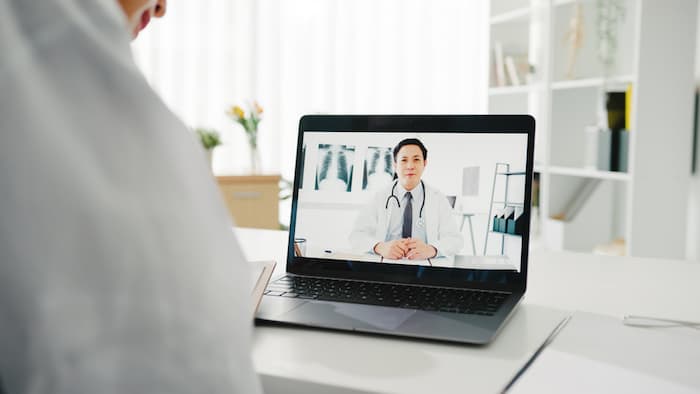Photo credit: Depositphotos
By Eric Gray, Chief Solutions Architect at NETSCOUT
The COVID-19 pandemic proved that telemedicine is vital to modern healthcare infrastructure. Almost 42 million people utilized online medical services in 2020, and with the pandemic entering its second wave, those numbers will likely remain consistent in the coming months.
For this reason and many others, it is critical to have reliable monitoring and total network visibility during telehealth visits. Medical offices with these tools at their fingertips will safeguard doctor-patient interactions online while triaging issues quickly and complying with regulatory requirements.
The Doctor Is In…On Your Screen
Even as providers and health systems experience unprecedented daily call volumes, they need to maintain high-quality care and keep data secure. Service assurance is vital from the beginning because users may give up if it is too difficult to schedule an appointment. Those delays could be catastrophic, especially as the COVID-19 vaccine rolls out.
Doctors and patients need real-time access to information before, during, and after visits. Both parties can then transmit text, data, and images for Electronic Health Records (EHRs) on secure and confidential patient portals with robust IT infrastructure. That workflow is also the easiest way to validate insurance, view family history, access test results, and prescribe medication.
Unified communications systems must transmit voice, video, text, data, and images seamlessly to augment telemedicine consultation. Superior call quality without dropped audio or video is paramount because lost or choppy signals can impact quality of treatment.
Clinicians should also record telehealth visits to document progress and share information with relevant specialists. The recordings require end-to-end authentication and encryption to ensure only authorized parties can access confidential patient data.
Best-laid plans often go awry, however, so security or performance problems may still occur. And since the source of these issues is sometimes more sinister than a power outage or a gust of wind, medical groups need to be ready for anything.
Protecting What the Patient Does Not See
While telemedicine offers many benefits, it also has inherent risks that are ripe for exploitation. Hackers who gain unauthorized access to confidential patient information in data centers or on public or private clouds can wreak havoc easily and even sell data for up to $1,000 per person. Large-scale Distributed Denial of Service (DDoS) attacks create a smoke screen that compromises service while allowing cybercriminals to exfiltrate medical records.
Because of this, medical offices need secure and continuous availability, with pervasive visibility into all on-premises and cloud traffic. This added context is also crucial when analyzing network performance because disruptions that impact efficiency, quality, speed, or security delay needed care. In an environment where “business as usual” often involves saving someone’s life, it is vital to take a proactive, preventive approach to security while decreasing downtime and service issues.
As a result, Chief Information Officers (CIOs) in modern healthcare organizations must ensure on-premises and cloud applications operate efficiently and work together seamlessly. The volume and variety of packet traffic across enterprise networks can be overwhelming, but medical facilities with access to advanced insights guarantee total network visibility and peak performance.
Administrators also need to verify that their solutions comply with government directives like the Health Insurance Portability and Accountability Act (HIPAA), which safeguards patient data. Newer laws like the California Consumer Privacy Act (CCPA) and the recently passed California Privacy Rights Act (CPRA or “Prop 24”) put further pressure on CIOs to handle this information carefully.
Healthcare IT professionals must keep telemedicine visits secure in the age of COVID-19. But while high-quality audio and video are critical, what the patient does not see has an even more significant impact. Offering high-quality care remotely requires optimizing both physical and virtualized networks while removing silos. CIOs who strike this necessary balance will keep their practices and networks secure long after the pandemic ends.
The Editorial Team at Healthcare Business Today is made up of skilled healthcare writers and experts, led by our managing editor, Daniel Casciato, who has over 25 years of experience in healthcare writing. Since 1998, we have produced compelling and informative content for numerous publications, establishing ourselves as a trusted resource for health and wellness information. We offer readers access to fresh health, medicine, science, and technology developments and the latest in patient news, emphasizing how these developments affect our lives.








